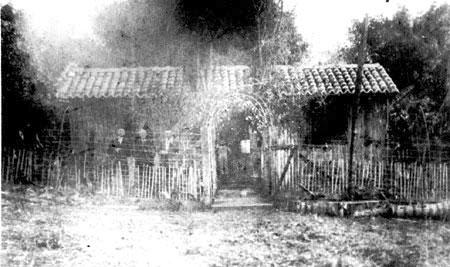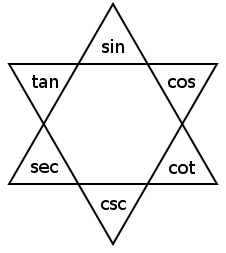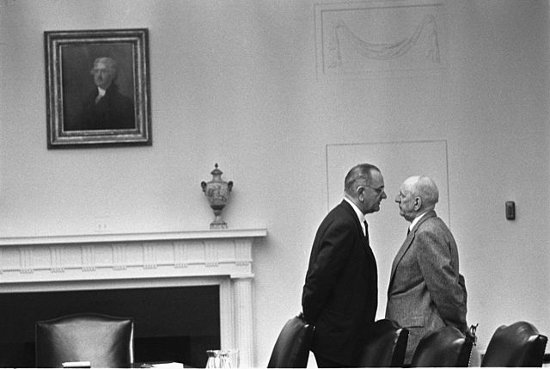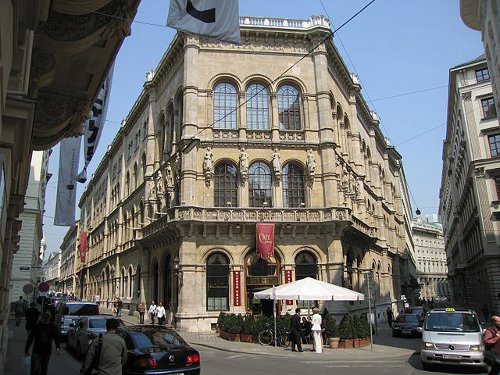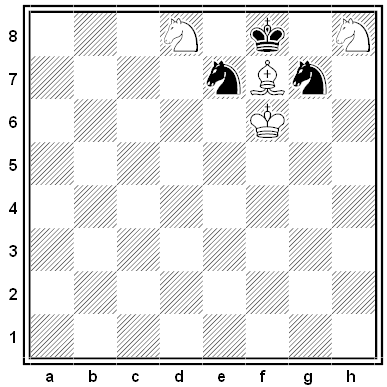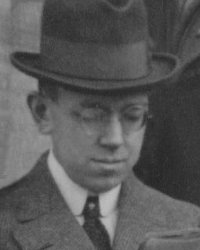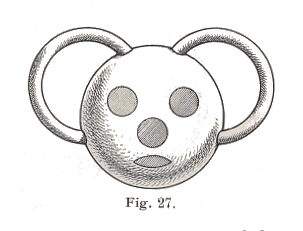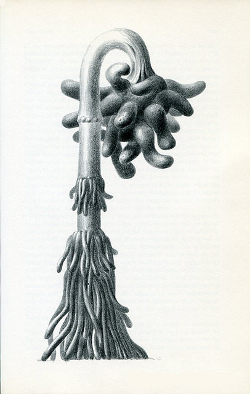
Dutch author Leo Lionni devoted most of his career to children’s books, but in 1977 he undertook a weird experiment. Parallel Botany is a catalog of made-up plants, whose made-up features are described by made-up botanists and illustrated by Lionni’s pencil drawings. Sigurya barbulata, at left, is distinguished by its crowning “cephalocarpus”; a specimen discovered in a Mexican pyramid was found to have been metallized into an organic mace, but how this had come about is the subject of “furious debates.”
“The difficulties of applying traditional methods of research to the study of parallel botany stem chiefly from the matterlessness of the plants,” Lionni wrote. “Deprived as they are of any real organs or tissues, their character would be completely indefinable if it were not for the fact that parallel botany is nonetheless botany, and as such it reflects, even if somewhat distantly, many of the most evident features of normal plants.”
Why do all this? Lionni closes with a quote by the made-up Swedish philosopher Erud Kronengaard: “There are two kinds of men, those who are capable of wonder and those who are not. I hope to God that it is the first who will forge our destiny.”

